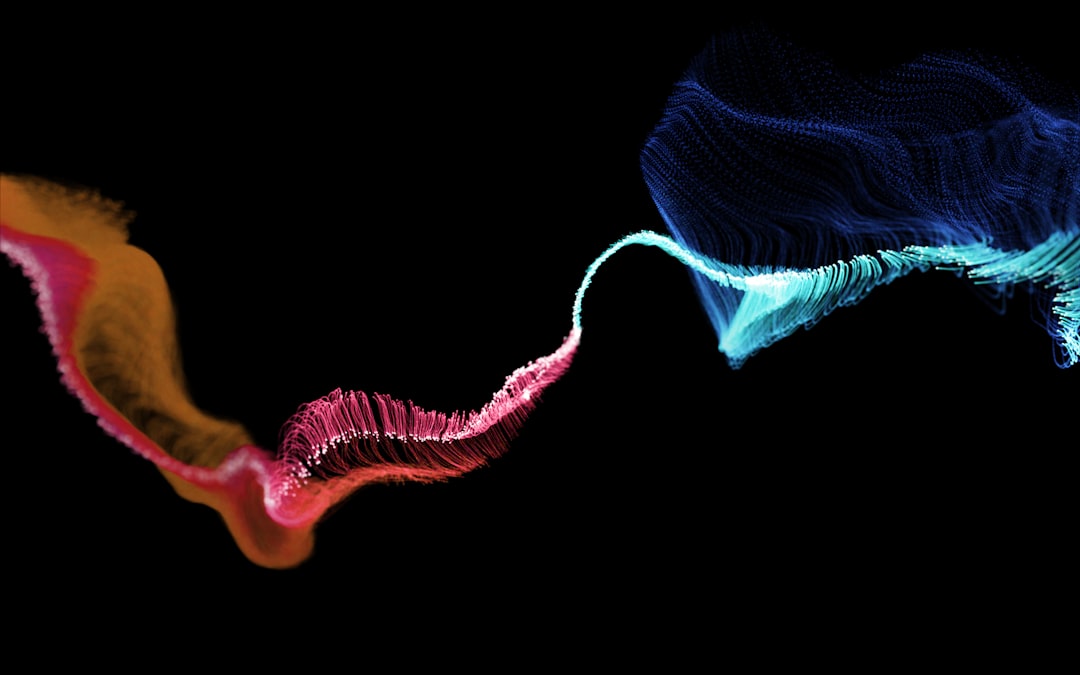What is it about?
The transition of energy from the 4f to the 5d state is a fundamental element driving various applications, such as phosphors and optoelectronic devices. The positioning of the 4f ground states and the 5d excited states significantly influences this energy shift. In our research, we delve into the placement of these states utilizing a hybrid DFT combined with spin-orbit coupling (SOC) via the supercell method. Additionally, we scrutinize the transition energy, applying the constrained density functional theory (cDFT) approach in conjunction with the $\Delta$SCF method. Our study illustrates that the synergy of cDFT and SOC generates a discrepancy of about 2\% for Ce1 and 4\% for Ce2 when comparing the calculated results to experimental data. Moreover, We have determined the positions of the 4f ground states to be 2.73 eV above the Valence Band Maximum (VBM) for Ce1 and 2.70 eV for Ce2. We also note a tight correlation between the 5d levels identified in the experimental data and the theoretical outcomes derived from wave function calculations at the CASPT2 (Complete Active Space with Second-order Perturbation Theory) accuracy level.
Featured Image

Photo by Andy Holmes on Unsplash
Why is it important?
It offers a cost-effective computational method capable of pinpointing the positions of the 4f and 5d energy levels of Lanthanides in a host, with minimal reliance on empirical data.
Perspectives
In this paper, we have pursued two primary goals: firstly, to discover an approach that is both computationally affordable and suitable for high-throughput calculations; and secondly, to minimize our reliance on prior knowledge as much as possible. Given that the host band gap is typically known in most cases, we are confident that our proposed method strikes a balanced compromise between accuracy and feasibility.
Amin Mirzai
Lunds Universitet
Read the Original
This page is a summary of: First-principles study of luminescence and electronic properties of Ce-doped Y2SiO5, The Journal of Chemical Physics, October 2023, American Institute of Physics,
DOI: 10.1063/5.0165432.
You can read the full text:
Contributors
The following have contributed to this page










